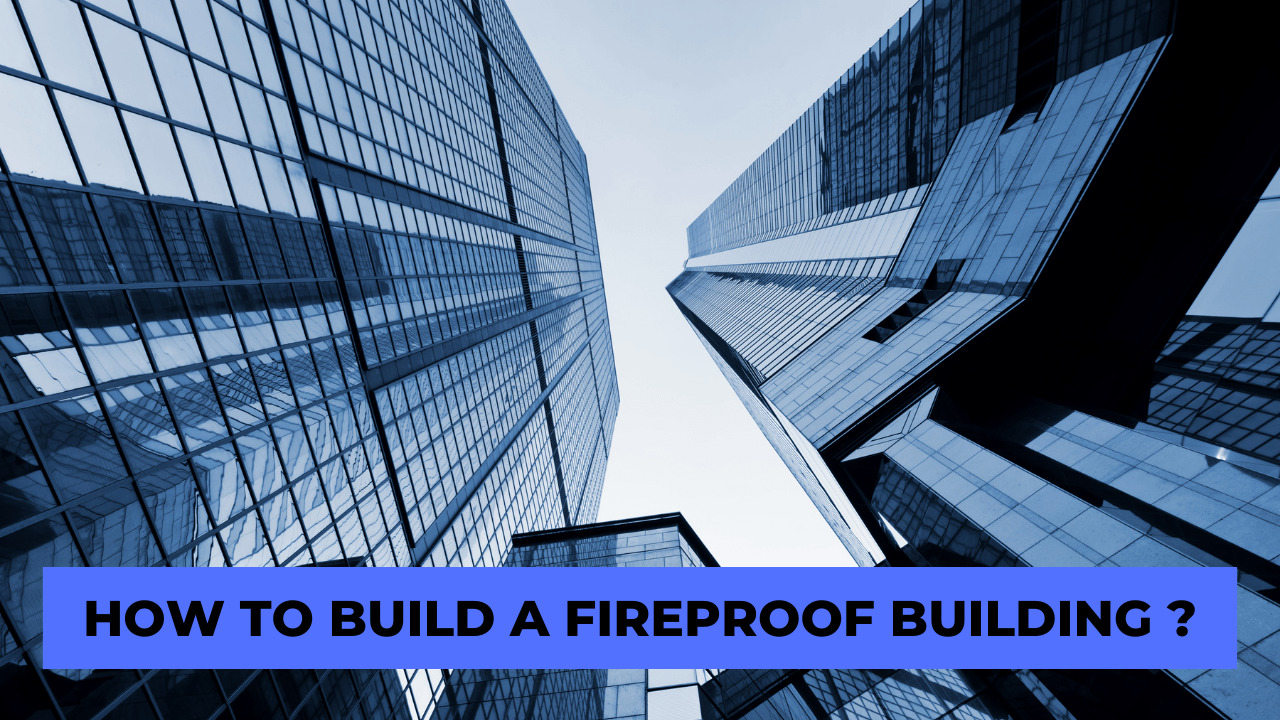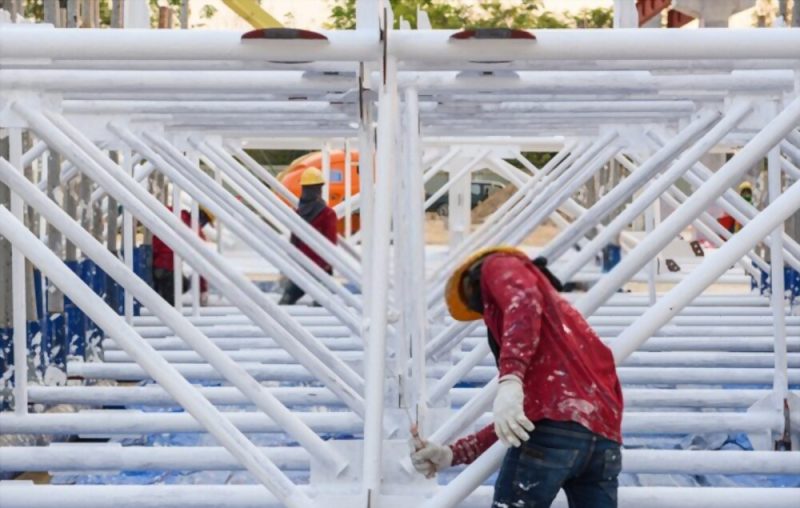There are many potential fire hazards in a commercial building. Flames can spread quickly between levels, and the higher the elevation, the more difficult it is for firefighters to extinguish flames.
Comprehensive fire prevention begins with the design of your office building or other commercial structure. You can maximize your building’s fire safety by following protective passive design measures.
Here are fire protection materials you should use for your upcoming projects.
Table of Contents
Fire Protection Glass
Fire-resistant glass can withstand higher temperatures and for a more extended period than standard glass. It works by limiting the spread of flames and smoke throughout a structure. The fire-resistant glass contains the fire in a single area, allowing building occupants to flee and firefighters to put out the fire.
Fire Doors and Exits
Specially designed fire-rated doors add another layer of protection against fire spreading throughout an office building. Fire-resistant glass doors can help to slow the spread of fire. They blend seamlessly with the surface of the wall for an aesthetically pleasing look.
Insulation and Fireproof Coatings
Fireproofing a steel structure involves spraying fire-resistant coatings on the roof, walls, and floors. Any type of fireproof coating should be able to protect metal at a critical temperature of around 1,000 degrees Fahrenheit.
That is slightly lower than the 1,100 degrees Fahrenheit temperature at which steel loses structural integrity. Here are three types of fireproof coatings you can choose:
Intumescent Spray Film
One of the appealing features of this type of coating is that when dry, painting the interior or exterior of the building will not damage the film. Intumescent spray film coatings are hydrate-containing epoxy-like substances.
Endothermic
An endothermic reaction or process is one that necessitates the absorption of heat. Mineral wool and ceramic fibers are mixed with building materials such as gypsum, resin, or concrete to provide fire-resistant properties.
Mineral
Mineral insulation is comparable to traditional building insulation blankets. It works in temperatures as high as 2,000 degrees Fahrenheit.
Fire Suppression Systems
Fire suppression systems are becoming increasingly popular as effective fire protection solutions in commercial buildings. This system works by spraying very fine droplets of water at high pressure over flames, which cools the fire and removes oxygen from it, effectively suppressing two of the three elements required for a fire to start.
Flame Resistant Walls
Another critical component of good passive fire protection is taking the required efforts to ensure that walls are fire-resistant. Fire-resistant walls will aid in the containment and control of the spread of flames within office buildings, reducing the potential damage from fires.
In conjunction with other non-combustible building materials such as fire-resistant concrete masonry, drywall partitions strengthen the fire resistance of interior walls.
Purchase Fire Extinguishers
A fire extinguisher’s principal purpose is to aid in the clearing of an escape route if necessary. A secondary use is to extinguish minor flames. Buildings must have fire extinguishers on-site and have people trained to use them.
Using fire-resistant materials in the initial building of your office space ensures that both existing and future safety needs, as well as future changes in compliance regulations, are addressed.
Property owners will also benefit from significant long-term cost savings because, in the future, compliance standards will become more stringent and specifically mandate the construction of these specific fire safety measures. Keep your building safe!






